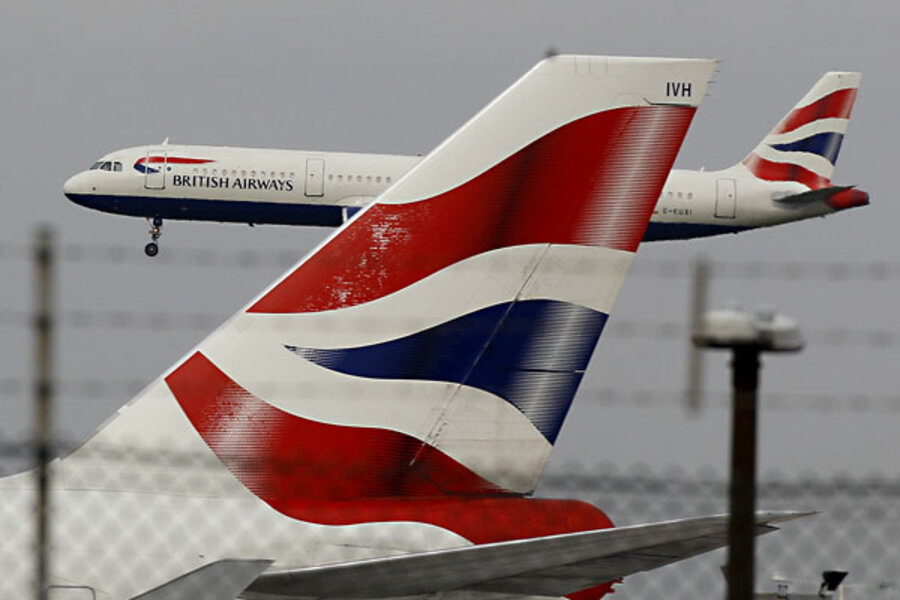Flying with a child? How to avoid unfair fees.
Loading...
I review dozens of credit card offers each week to find the best deals. Check out more on our credit card page.
If you’re looking for bad news about airline fees, there’s no shortage. From increased charges for both checked bags and carry-ons, to parents being forced to pay a fee to sit next to their children, airlines seem to be tripping over themselves to sock it to their customers at every opportunity.
But if you think you have seen it all, I know of one fee that makes those others seem minor…
The “international lap child fee”
Imagine you’re traveling with your child, who’s under 2 years old. You and your significant other have bought a ticket, or perhaps you’ve redeemed a mileage award. If you’re flying domestically, you really have no expenses associated with carrying your baby on your lap.
Now imagine that you decide to make a quick hop over to the Bahamas. At this point, most airlines will require you to pay 10 percent of a full-fare ticket just so you can travel with your baby on your lap. Delta, United, US Airways, and American all have some form of this policy.
What’s wrong with that?
While 10 percent doesn’t sound like much, it can be a lot. First, consider that it’s 10 percent of an unrestricted ticket, which is their highest possible fare. This can be several times the price of a discounted, advance-purchased fare.
Next, consider what happens when you take my previous advice and redeem your miles for a business-class award. In many cases, an unrestricted, full-fare ticket in business class can cost $5,000 to $10,000 – so 10 percent of that can cost more than a coach seat!
Finally, remember that with most fees, the airline is actually providing you with some sort of service. With the international lap child fee, the airline offers you nothing – except the right to hold your child on your lap.
Your credit card to the rescue
How can your credit card save you from paying up to $1,000 to carry your child across the ocean? The key is to leverage flexible reward systems used by one of the three credit card reward programs that let you travel in style…
- American Express Membership Rewards
- The Starwood Hotels Preferred Guest Card
- The Sapphire Preferred Card from Chase with Ultimate Rewards
These cards all earn points in flexible rewards programs that can be converted to miles with several different airlines – some of which have better international lap child policies than others.
For example, I’m considering flying to Europe with my newborn daughter next year. I could transfer my points from the Starwood Preferred Guest Card to US Airways and pay the lap child fee. Or I could transfer the points to Air Canada’s program, which applies only a $50 charge to issue a lap child ticket for an international flight.
In another example, I can use points from my British Airways card, because the airline charges 10 percent of the miles required for an award adult ticket, rather than 10 percent of the dollars needed to purchase their most expensive ticket. Therefore, I can save hundreds of dollars by using British Airways miles for a flight on their partner American Airlines.
By using flexible rewards rather than being locked into one system, you can even avoid international lap child charges altogether. For instance, United exempts Canadian destinations from lap child charges – while Delta, US Airways, and American do not. Finally, consider transferring points to miles with discount carriers such as Alaska, JetBlue, Airtran/Southwest, Virgin America, and Frontier. These carriers don’t charge any international lap child fees.
Airlines show no mercy when it comes to gouging young parents with outrageous fees. As a savvy credit card user, it’s time to fight back.
Jason Steele is a writer for Money Talks News, a consumer/personal finance TV news feature that airs in about 80 cities as well as around the Web. This column first appeared in Money Talks News.







